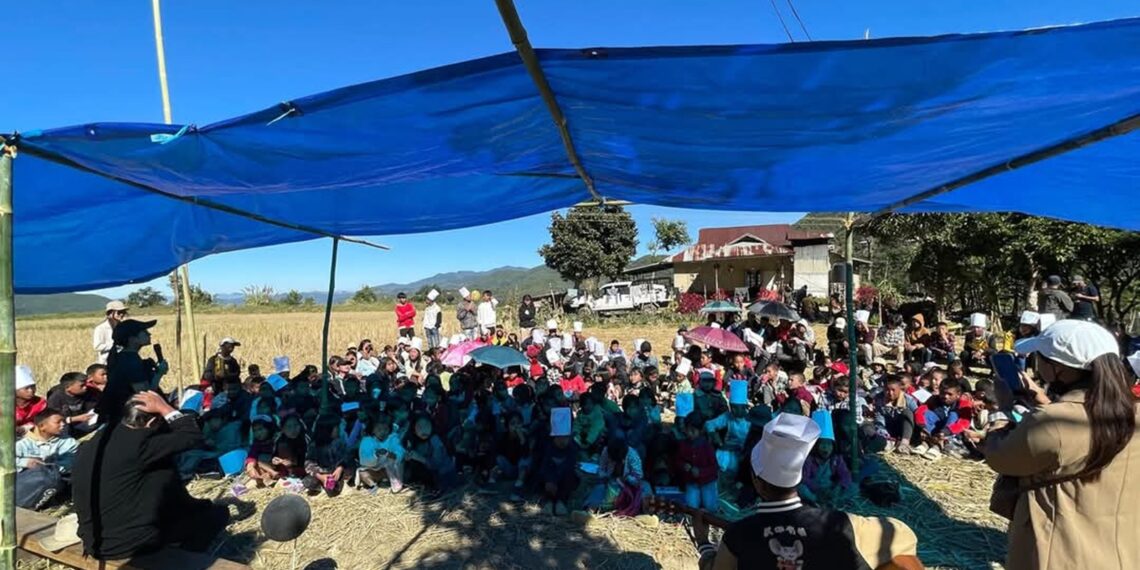Aizawl: Authorities in Mizoram have so far collected biometric details of more than 12,000 refugees from Myanmar — about 39 per cent of the estimated 31,300 people who fled to the state following the 2021 military coup.
The data collection is part of an ongoing exercise advised by the Ministry of Home Affairs (MHA) to register foreign nationals residing in India.
According to officials from the state Home Department, the biometric enrolment drive began in Serchhip district on July 30, before being extended to other districts.
The process is being conducted through the Foreigners Identification Portal and Biometric Enrolment system.
Officials acknowledged that progress has been slow due to technical challenges and poor internet connectivity, particularly in remote and hilly areas.
Despite these issues, district administrations have continued the enrolment work with assistance from Village Councils and civil society groups, including the Young Mizo Association (YMA).
The registration process involves collecting both biometric and biographical details, such as names, addresses, parentage, and employment history — both in Myanmar and Mizoram.
Before launching the drive, the government trained district-level officials to ensure accuracy in data collection.
Besides the Myanmar refugees, Mizoram is also hosting around 3,000 migrants from Bangladesh’s Chittagong Hill Tracts (CHT), many of whom fled due to ethnic conflicts.
Most of these refugees — mainly from the Bawm community — are staying in Lawngtlai, with smaller groups in Lunglei and Serchhip districts.
Officials said that while collecting biometric data from refugees housed in designated camps has been relatively straightforward, reaching those staying with relatives or in rented homes across hundreds of villages remains a challenge.
ALSO READ: Mizoram records highest malaria incidence in India; six deaths reported this year
Mizoram shares 510 km of porous border with Myanmar and 318 km with Bangladesh, making it a key entry point for displaced communities from both countries.
The Myanmar refugees, primarily from the Chin ethnic group, share close cultural and linguistic ties with the Mizo population, while the Bawm tribals from Bangladesh’s CHT also have similar ethnic affinities.
Since the military coup in Myanmar in February 2021, thousands of civilians — including women and children — have sought refuge in Mizoram, where they continue to live in camps, rented houses, and with host families across all 11 districts of the state.















